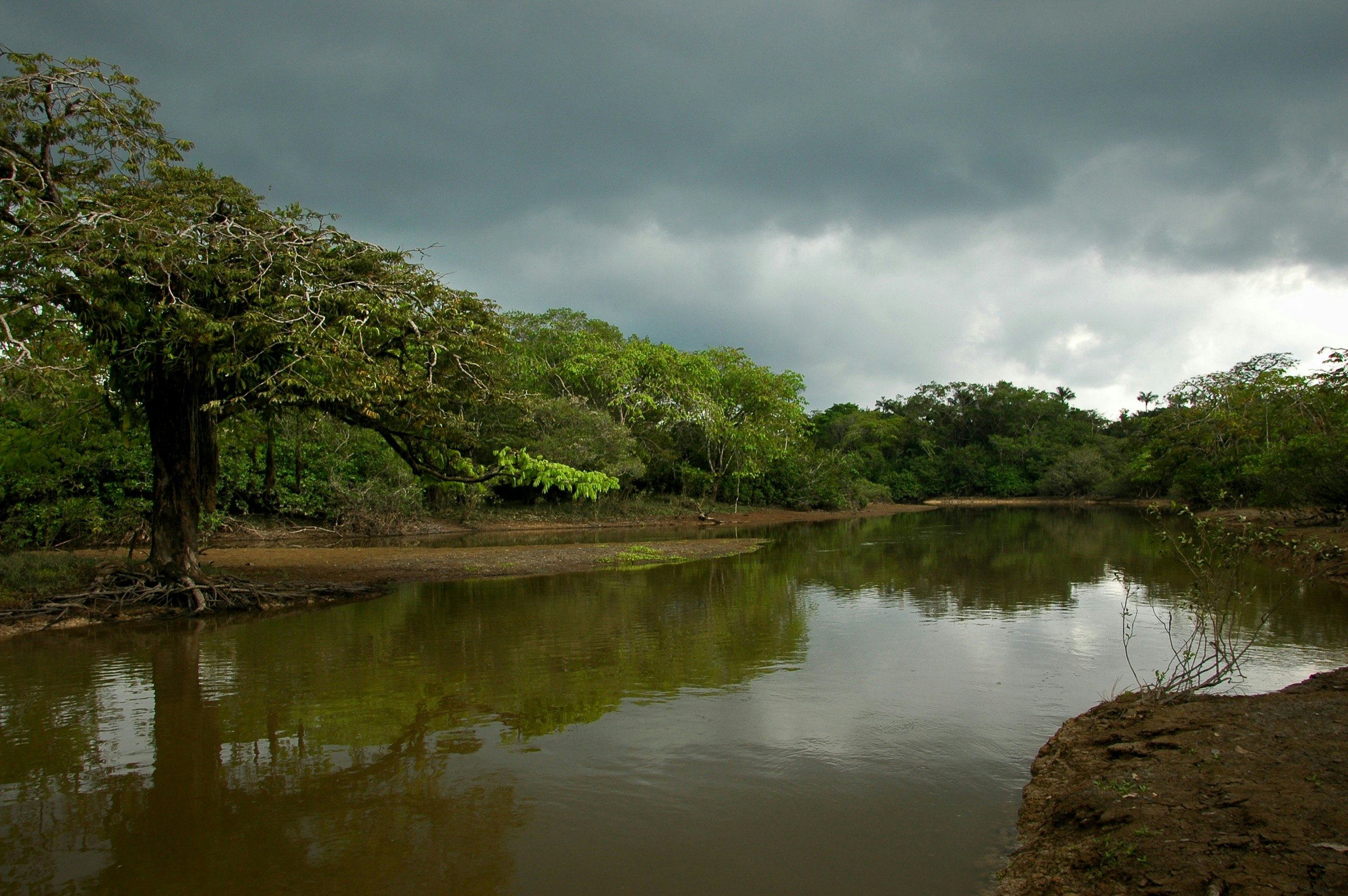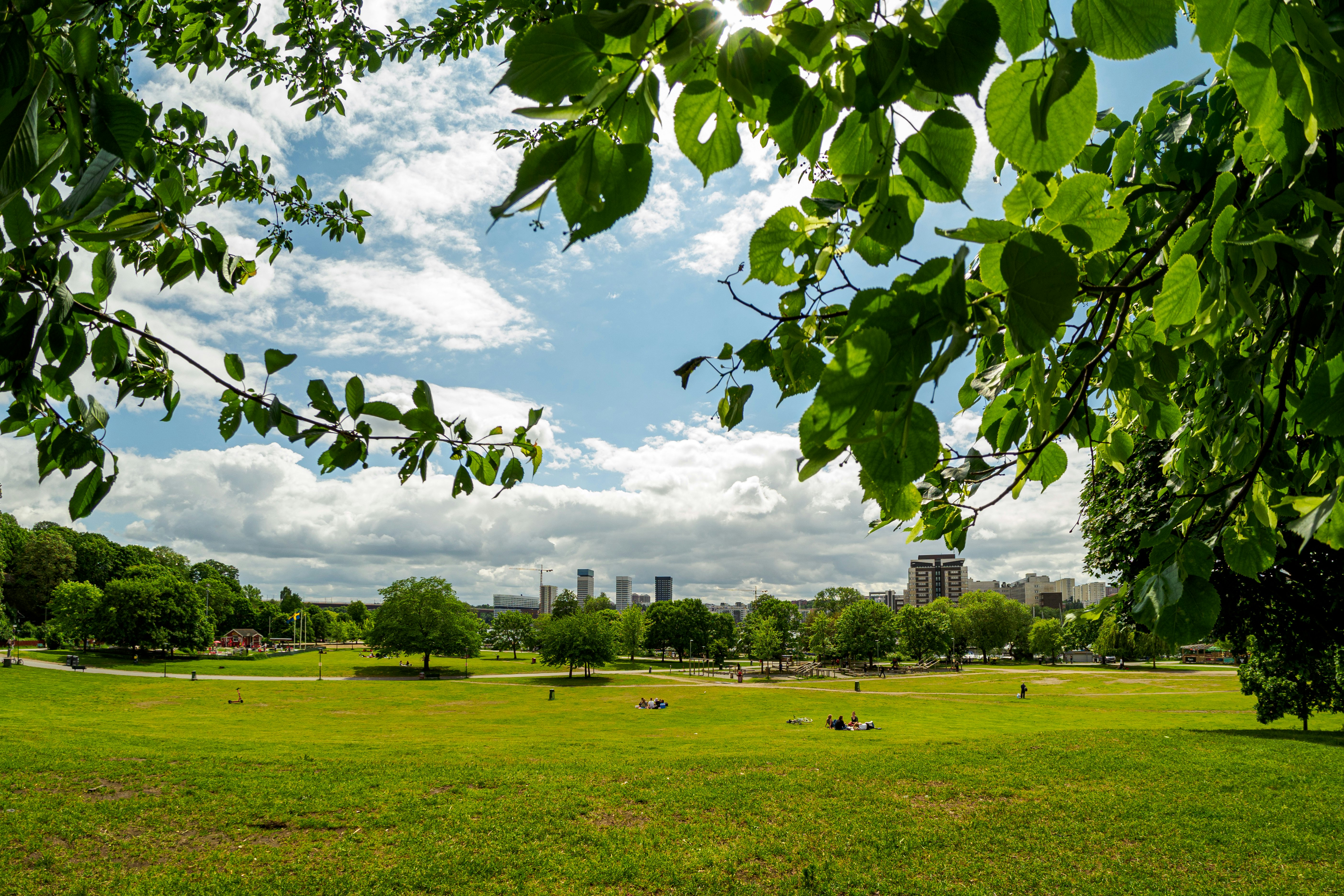
The 30 best countries, cities and regions to visit in 2025

Jun 22, 2024 • 4 min read

Glacier National Park in Montana is one of a handful of certified quiet parks in the world
Contrary to what a certain popular horror franchise would have you believe, quiet places are about finding a blissful bubble in which to relax and unwind amidst the bustle of travel.
The joy of visiting new (and familiar!) places is the adventure, excitement and new experiences it brings, but every so often, you just need a peaceful place to take a deep, unhurried breath. You've probably heard about dark sky parks: remote locations with little if any light pollution, ideal destinations for stargazers.
But what about the auditory equivalent? Finding a place free of man-made noise is a challenge, even in places that seem like the middle of nowhere. One person has risen to the challenge of finding and protecting such places for all our sakes.

A 2017 study by researchers at Colorado State University shows noise pollution – caused by things like nearby roads, air traffic, logging, mining and urban settlements – is pervasive across the United States, including in designated wilderness and protected areas. And if this is bad for us, it's even worse for wildlife, who rely on the sounds of their environment for survival.
But there may be hope. A movement started by Gordon Hempton, author of the book "One Square Inch of Silence," and his organization Quiet Parks International (QPI) seeks to preserve those few places left where it's possible to experience relatively pure silence – just the sounds of nature. The hope is that travelers will seek them out, just as they seek out dark sky parks, to take a short break from the constant human presence.

Most quiet parks are well off the beaten path – and even so, many are still threatened by intrusive noise pollution. For instance, the remote, mysterious, moss-laden Hoh Rain Forest on Washington state's Olympic Peninsula, where Hempton initially set up his "One Square Inch" experiment, remained relatively free of noise pollution for years – until US Navy training flights recently started rumbling over a corner of the park. That change, and his inability to stop it, is what led Hempton to launch Quiet Parks International, hoping a global effort would have a greater impact.
The first official "wilderness quiet park" certified by QPI is along the Zabalo River in Ecuador. The area demonstrates "a healthy balance of bioacoustic activity with … noise-free intervals lasting several hours," according to the organization's website. Even that description tells you how hard it is to find a place completely undisturbed by the sounds of human activity.
QPI hopes quiet park status will eventually be enough of a tourism draw to benefit the local Indigenous Cofán tribe, which owns the land. This initial quiet park was then joined by two more US-based areas in 2022 and 2023, respectively – Glacier National Park in Montana and Boundary Waters Canoe Area Wilderness in Minnesota.

QPI has also identified several other potential wilderness quiet parks around the world. Most of them are in designated natural areas with minimal artificial light sources (there's a lot of overlap with dark sky parks).
They tend to be located far from established flight patterns and other major sources of traffic noise, in places where land use is unlikely to create frequent noise (eliminating most agricultural and mining areas, for example).
In the United States, these potential new quiet parks include Big Bend Ranch State Park in Texas, the American Prairie Reserve in Montana, and Haleakalā National Park in Hawaii.
In Europe, nominated quiet parks include Snowdonia National Park and the Brecon Beacons in Wales, Białowiezå Forest in Poland and multiple places in between.
There are dozens of other potential sites around the world, including the Skeleton Coast of Namibia, Garajonay National Park in the Canary Islands, Manu National Park in Peru and the aptly named Silent Valley National Park in Kerala, India.
All of these could potentially become designated quiet parks if QPI's site visits show that they meet the proper criteria. The project is run by volunteers and relies on donations – part of the certification process will be to establish just how quiet is quiet enough.

Your best chance of escaping man-made noise is to head out into the wilderness. But if all goes as planned, you won't have to go that far to get a taste of natural silence. QPI has been working to establish and certify urban quiet parks – places near or within major cities that have been set aside as quiet, noise-pollution-free spaces.
As of 2024, there are 10 urban quiet parks in the world, spanning from Hampstead Heath in London, England to Yangmingshan National Park in Taipei, Taiwan.
A pilot program in Stockholm, Sweden, has identified 65 "calm places" within the city and its surroundings, as well as 22 walks signposted with the "quiet trails" icon; the routes are described in brochures visitors can find in tourist offices or online. All the walks are easily reachable by metro, bus, bicycle or on foot from the city center. Similar experiments are taking place in Taiwan, New York City and Portland, Oregon.
There are also efforts to create quiet communities, quiet marine trails and hiking trails, and even quiet hotels. All of this indicates that, gradually, we're beginning to recognize the value of a little peace and quiet in a busy world.